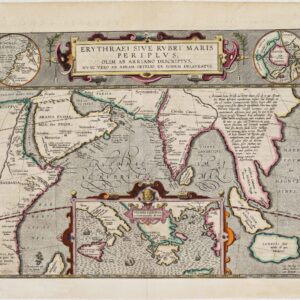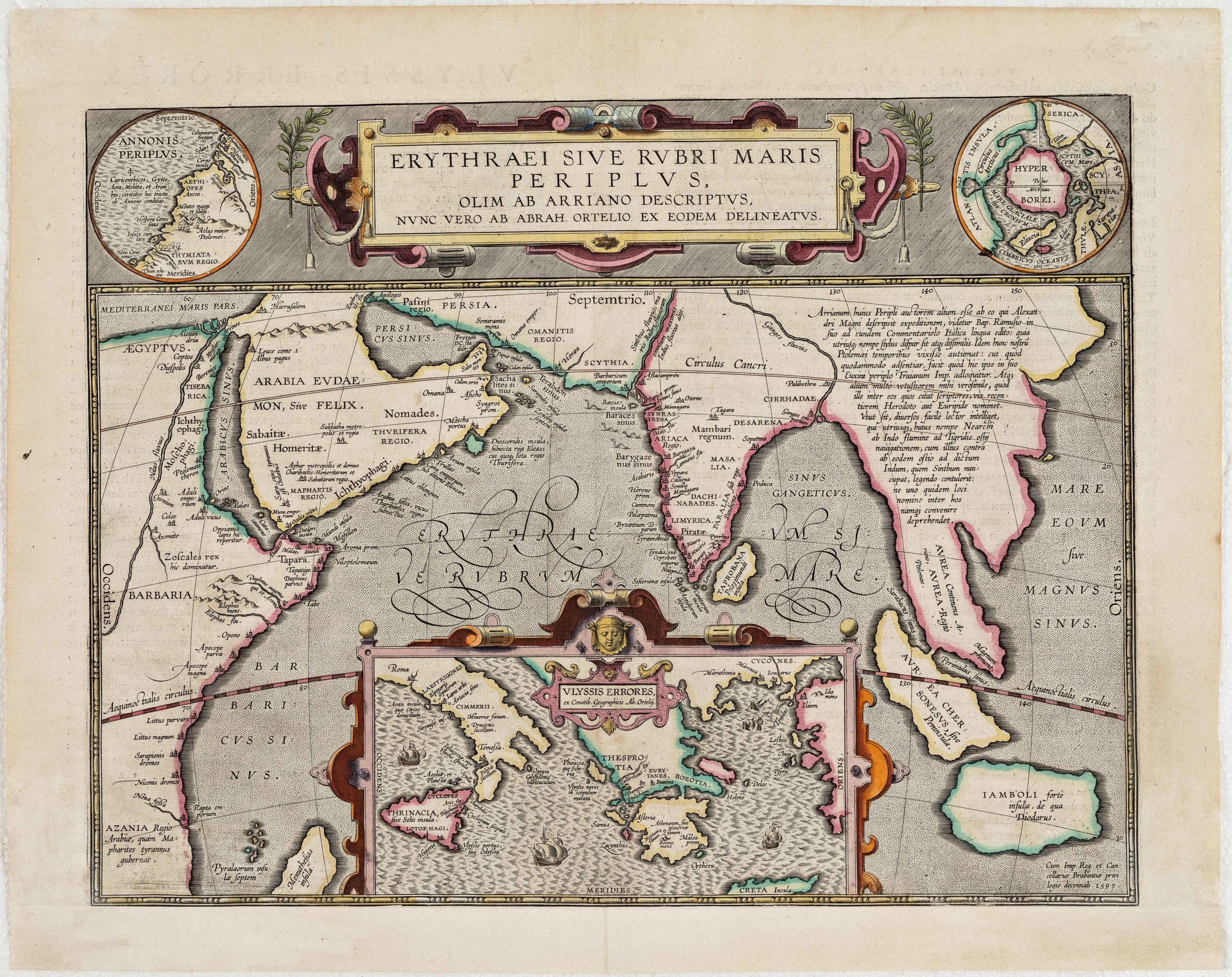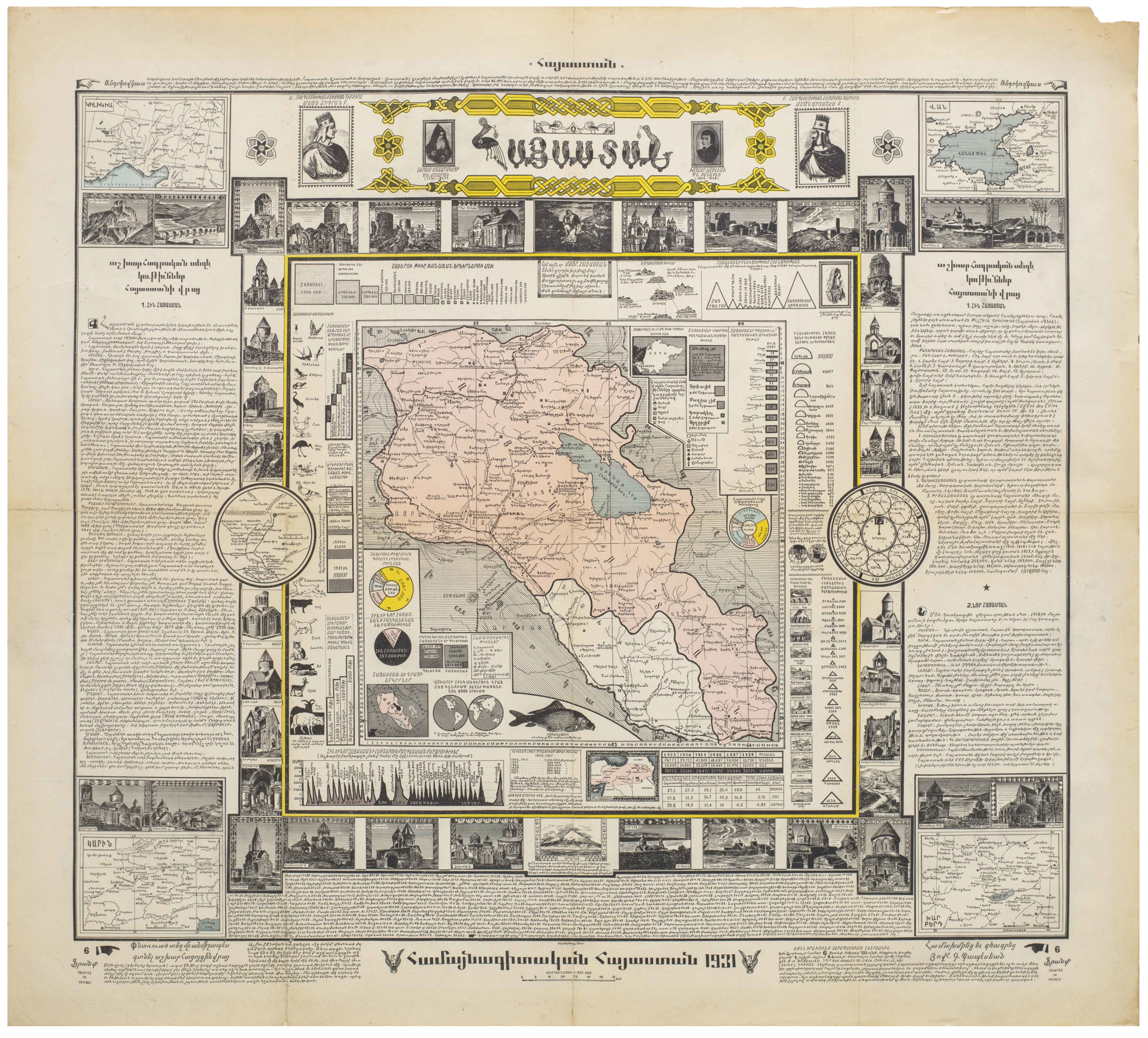The first map in history to scientifically map the entire surface of Mars.
Geologic Map of Mars.
Out of stock
Description
This extraordinary map provides a complete geological profile of the Earth’s most famous sister planet, Mars. When the work was finished in 1978, it constituted Mars’s first full geological profile, which in lay terms meant a map that covered the entire planet’s surface. The features identified in this pioneering map suggest a planetary history that, in many ways, resembles how Earth developed before the evolution of complex life.
The visualization was compiled by David H. Scott, a geologist at the U.S. Geological Survey’s Center of Astrogeology in Flagstaff, Arizona, and Michael H. Carr, a fellow geologist from Menlo Park: the US Geological Survey’s field center in California. At the time of its creation, it was considered an enormous achievement. Scott and Carr based their compilation on careful studies of more than 2,000 photographs of the Martian surface, which had been taken by the Mariner 9 spacecraft in 1971-72. Launched in 1971, Mariner 9 was the first spacecraft to achieve orbit around another planet. During its 11-month mission, it sent back 7,329 images to NASA.
The USGS published the map under the Department of the Interior, specifically for use by the National Aeronautics and Space Administration (NASA). Printed in full color, the chart contains three distinct maps: one of each polar cap and a more extended band representing a complete profile of the planet’s body. The profile maps show the distribution of various rock materials, landforms, and geomorphological structures (e.g., mountains, volcanoes, craters, lava plains, channels, canyons, faults, and fractures). This map’s most important feature is that it represents the first systematic attempt to classify Mars’ diverse rock formations into a geological sequence (i.e. time), allowing a clearer understanding of the planet’s evolutionary history. This would, in turn, be crucial for hypothesizing the presence of chemical components such as water.
The total area covered is about 55,700,000 square miles, shown at a scale of 1:25,000,000 (i.e. ca. one inch to 400 miles). Interspersed between the three maps, we find an abundance of text, including a short geological history of the planet and an extensive legend describing the planetary features that have been depicted, including no less than 23 types of rock.
When Scott and Carr created their seminal map, we knew considerably less than we do today. But their map became the foundation for all future work with Mars. In this way, it represents an entirely new extraterrestrial dimension of cartography, an era in which we begin mapping extraterrestrial features beyond the moon.
Census
The first edition of this map, which was not as comprehensive and detailed in its coverage as Neatline’s 1978 edition, was issued in 1976. The USGS lists this map as superseded by the 1978 edition (https://pubs.usgs.gov/publication/ofr76573).
The OCLC lists only a few institutional holdings of the 1978 edition. One is at the Bayerische Staatsbibliothek (no. 641930838), and another at the Staatsbibliothek zu Berlin (no. 254946962). A new edition of the map was published in 1980, held by the ETH Library in Zurich and the University of Southampton (no. 1313680474). Independently of OCLC, we also note the presence of this map in the National Library of Australia (Call no. MAP G3182.M3C5 1978).
Cartographer(s):
Created by an act of Congress in 1879, the United States Geological Survey (USGS) is a scientific agency under the U.S. government whose purpose is to investigate, survey, and map the United States territory, including natural resources and any potential threats to the depicted habitat. The organization has evolved over time, gradually adapting to the progress of science and technology.
The USGS is the only science-based agency under the Department of the Interior, and its responsibilities fall within the disciplines of biology, geography, geology, and hydrology. The USGS is considered the best authority on domestic questions relating to these subjects, and often their maps will cover several or all of these themes in the same chart.
Condition Description
Folding map in original envelop.
References




![[Political broadside] Solidarity with the People and Students of the DPR of Korea.](https://neatlinemaps.com/wp-content/uploads/2022/10/NL-01603_thumbnail-1-300x300.jpg)
![[Political broadside] Solidarity with the People and Students of the DPR of Korea.](https://neatlinemaps.com/wp-content/uploads/2022/10/NL-01603_thumbnail-scaled.jpg)
![[Political broadside] Solidarity with the People and Students of the DPR of Korea.](https://neatlinemaps.com/wp-content/uploads/2022/10/NL-01603_thumbnail-scaled-300x300.jpg)


